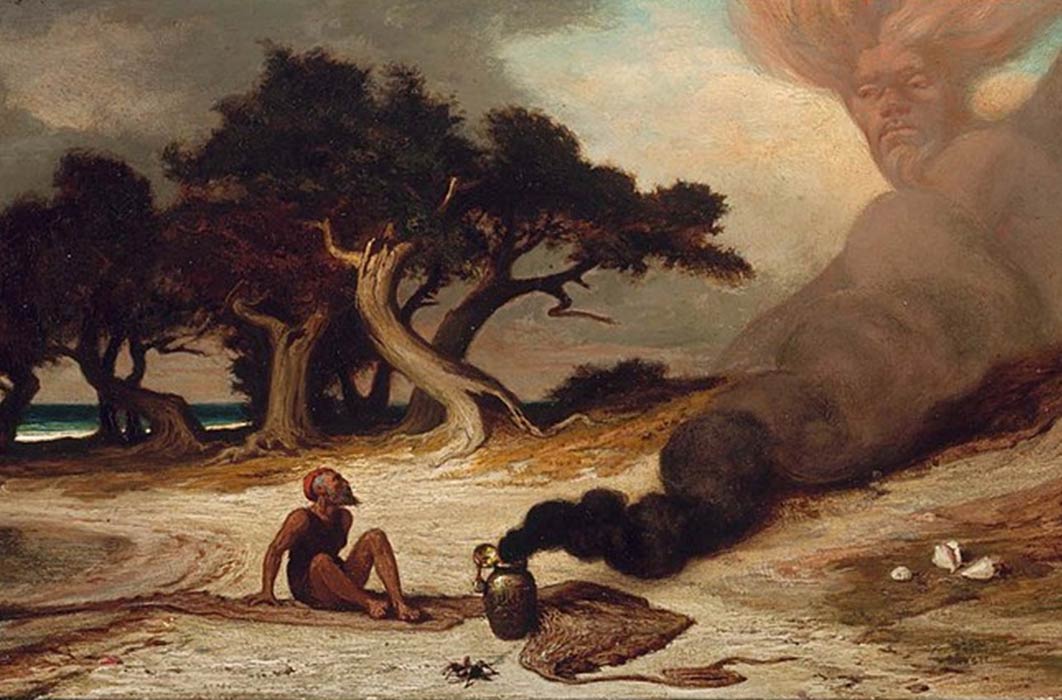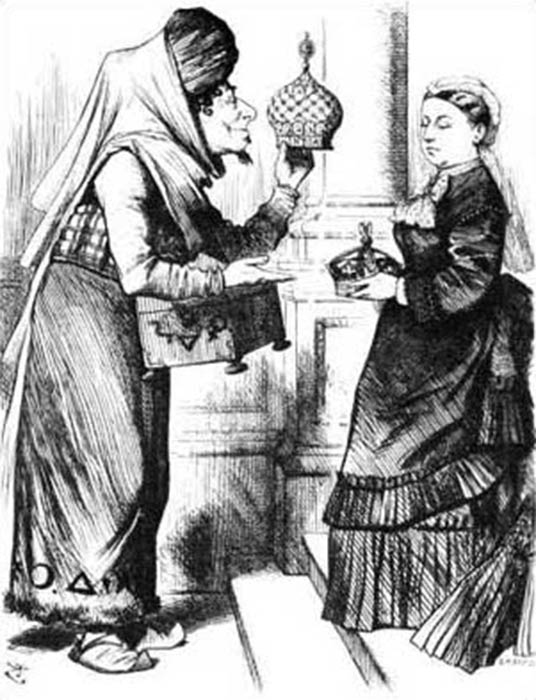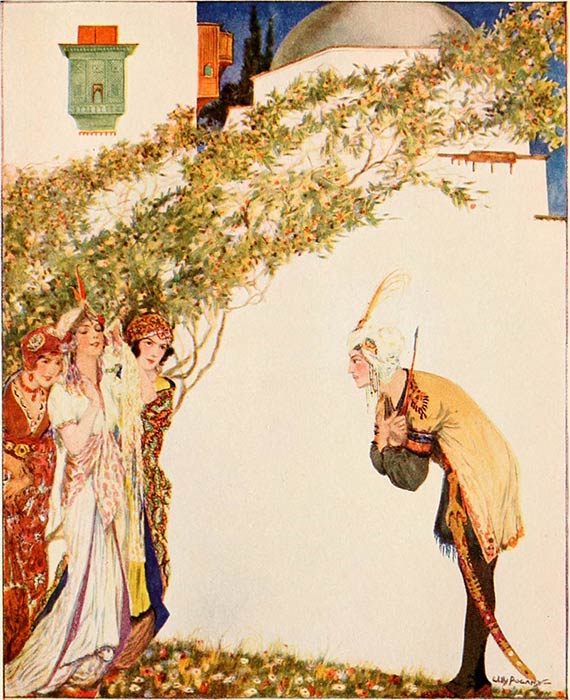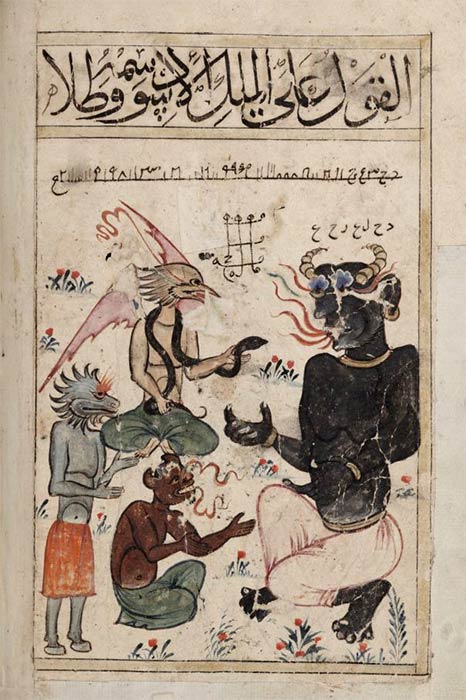
Are Eastern Jinn, Western Faeries and Middle-Eastern Shedim Related?
In normal times (and the year 2020 is definitely not normal times) the Christmas holiday season is the point in the year when, in the United Kingdom, the annual pantomime theatre shows get underway. Two of the perennial favorite pantos (given a further boost in recent years by the Disney live-action remakes) are Cinderella, complete with the Fairy Godmother, and Aladdin, which features the Genie of the Lamp. But are the Fairy Godmother and the Genie related? A look at the background to these two creatures of folklore and legend is warranted …

New Crowns for Old, a 19th-century British cartoon based on the Aladdin story (Disraeli as Abanazer from the pantomime version of Aladdin offering Queen Victoria an Imperial crown (of India) in exchange for a Royal one) (Public Domain)
The Faeries
Regular visitors to Ancient Origins will be aware of the nature of fairies, also known as the Fae or faeries. They have been an established part of Western culture since at least the Early Middle Ages (from around 500-1000 AD – also known as the Dark Ages) although confusingly in Saxon/Germanic lands they were also called elves, whereas is in Norman/Romance lands they were faeries. It was not until the Victorian era that the modern image of fairies as tiny, cutesy, little insect-winged creatures became established but before that the Fae/elves were broadly human-like in size but with supernatural or magical powers.

An illustration of the story of Prince Ahmed and the Fairy Paribanou, More tales from the Arabian nights by Willy Pogany (1915) (Public Domain)
As to just exactly what the Fae were (or still are) that remains a subject of debate. Theories include: they are relicts of some ancient species of hominin – distant relatives of modern-day humans, rather like the now extinct Denisovans; that they are elementals – magical, spirit-like beings living a parallel existence to humans; and even that they are the ghosts of unbaptized Christian children.
What they are is not so important as what they are not. The Fae are not gods, nor are they angels or demons. They are something else. They do however, like humans, possess free will so they are masters of their own destiny and can make their own choice as to whether to be good or evil. In fact, one of the traditional divisions of the Fae is the split between members of the Unseelie Court, who are generally hostile towards humans, and the Seelie Court who are more tolerant.

The black king of the djinns, Al-Malik al-Aswad, from the late 14th-century Book of Wonders (Public Domain)




